
Author Mads Timmermann
Mads has 15+ years of experience as a skin expert and has written/read this article.
Are you one of many people, who suffer from whiteheads? If you are, you might have asked yourself; what are whiteheads really, and why do I get them?
I have decided to find out. After which, I will explain what whiteheads are, and why you get them. During this article, I will elaborate on my findings. To introduce you to the subject, I have decided to start with a brief description of my findings.
What are whiteheads? Whitehead is a kind of blackhead. The difference is, that whiteheads have not been exposed to oxygen. Small and bright buds are formed under the skin when your sebaceous glands get clocked by dead skin, fat or bacteria. Sebaceous glands occur all over your body.
That was a brief description of my findings. If you wish to learn more about what whiteheads are, and why you get them, I advise you to continue reading. I will also be giving advice on how to treat and prevent future whiteheads.
What is Whiteheads?
A whitehead is very similar to a blackhead. The main difference is, that whiteheads have not been exposed to oxygen. Microscopical glands are formed by hormone production under your skin. What your sebaceous glands are clocked, because of fat, dead skin cells and bacteria, a whitehead is formed.
Most common while in puberty
Whiteheads are most common for people going through puberty because teenagers have an increased production of hormones. The increased level of hormones, makes the body produce even more sebum.
The number and size of whiteheads will usually decline drastically after puberty, when the hormone production, and with it sebum, also declines. Although, this is not the case for everybody.
Whiteheads are, despite what most people think, not a result of an unhealthy lifestyle. You can not control the size or number of whiteheads, by eating in a certain way or exercise more.
Whiteheads are only controlled by your hormone production and genetics, that you cannot regulate by living a healthier lifestyle.
Occurs all over the body
Whiteheads can occur on every part of your body. Though, some parts of the body are usually more exposed to whiteheads. This is the parts, where the skin is heavily exposed to bacteria, which often results in fat.
The T-zone of your face, which includes the nose, chin, and forehead, is often the part of the body, where whiteheads are most frequent.
Body parts where whiteheads are most frequent
- Shoulders: Both men and women often experience whiteheads on their shoulders.
- Chest: Men is more likely to get whiteheads on the chest
- Back: Unclean skin and acne are very normal on the back, which easily can be confused with whiteheads.
- Arms: Up to 80% of the population suffers from Keratosis Pilaris, which can be mistaken for whiteheads.
Whiteheads are in no way dangerous or damaging for the body. Though, it can be a problem for many teenagers, because many will confuse whiteheads with acne, unclean skin and an unhealthy lifestyle.
This can result in physiological challenges, because many teenagers, even without whiteheads, suffers from poor self-esteem.
To summarize, we can now conclude following: What are whiteheads? Whiteheads is a result of clocked sebaceous glands that have not been exposed to oxygen but blocked by dead skin cells, fat, and bacteria. You have, or can have, whiteheads on your entire body, and they are not dangerous or a sign of illness in any way. Whiteheads is a natural part of life, especially when going through puberty.
Sources:
https://www.webmd.com/skin-problems-and-treatments/acne/qa/what-are-whiteheads
Are you having troubles with acne and pimples? Get The Danish Acne Cure here!
Why do you get whiteheads?
Your body produces whiteheads, because of an increased level of hormone production. When the level of hormones increases, so does the amount of sebaceous glands.
Sebaceous glands are a natural part of your body and have a couple of very essential purposes. Sebaceous glands produce sebum, which is an oily fluid, containing cholesterol, fat, triglycerides and various waxes.
Natural moisturizer
Your body uses sebum to moisturize and lubricate your hair and skin, which helps to prevent dry and/or irritated skin and hair. Sebum is also fungus- and bactericidal, helping your skin to stay clean and healthy.
Whiteheads is a result of an increased level sebum, caused by an equal increase level of hormones in the body.
Not affected by lifestyle or diet
Whiteheads are, unlike unclean skin and acne, not a result of the individual's lifestyle or diet. Therefore, you can not achieve less or smaller whiteheads by changing your lifestyle.
Whiteheads will often occur in areas, where there is hair growth. The placement of whiteheads is therefore not a result of a specific lifestyle or diet, either.
Closing part-conclusion; Why do you get whiteheads? You get whiteheads, because of the hormonal production in the body increases, which results in an increased amount of sebaceous glands. The increased amount of sebaceous glands results in a clocking under the skin, which is trapped by bacteria, dead skin cells, and fat.
Source:
https://en.wikipedia.org/wiki/Comedo
Are you tired of skin care myths? Learn about 10 crazy skin care myths here!
Whiteheads around the eyes
It is very common for whiteheads to occur in heavy numbers in the face, because the number of sebaceous glands I heavy, compared to the rest of the body. The face generally a very exposed part of the body, which unlike most of your body, isn’t protected by clothes and other materials. Therefore, the face is exposed to more bacterias than rest of the body.
Sebaceous glands remove tears
Sebaceous glands at and around the eyes have a special purpose, compared to rest of the body. During the day, the glands release secretions, which moisturizes the eyes and helps remove excessive tear fluids.
Tear fluids are commonly just called tears. When a person cries, the amount of tear fluids is increased. This makes it impossible for the sebaceous glands to remove all of it, which is why your eyes and cheeks get full of tears while crying.
Whiteheads in the crotch
Whiteheads in the crotch are very common for both men and women. So if you have experienced having some whiteheads on your vagina or penis, you have nothing to worry about, it is perfectly normal. Whiteheads on your genitals are not dangerous or in any way damaging for your genitals, either.
Sebaceous glands are a very important part of having healthy skin in the crotch.
Sebum makes the skin soft and flexible
Sebum is a part of securing that your skin is flexible, moist and healthy. The sebum makes the eskin flexible and soft, and in that way allowing it to function without pain or troubles.
Though, as a man, you have to be aware of clocked sebaceous glands in the crotch. If you do not wash yourself on a daily basis, you risk that the sebaceous glands causes balanoposthitis.
Women is also protected against bacteria and dryness by sebaceous glands.
Whiteheads and children
Whiteheads is not a common thing among younger children. Whiteheads are, as mentioned before, a result of an increased level of hormones and sebaceous glands in the body.
Smaller children will usually not experience an increase in their hormone production, before reaching puberty. This means, that they usually won't experience an increased level of sebaceous glands, and with it whiteheads, either.
Red spots and rashes can easily be confused with whiteheads, but often, it is not whiteheads. Therefore, you usually should not treat it as you would treat whiteheads. We recommend that you pay your doctor a visit, in case you have doubts about rashes or spots on your children's skin.
Whiteheads and babies
It is very common for newborn babies to have a large number of whiteheads for a brief period after being born. Whiteheads are not dangerous in any way for babies, and neither is it bothering in any way, for the baby.
Babies have whiteheads after being born because they are have been exposed to the hormones of their mother. The increased amount of hormones, results in an increased amount of sebaceous glands, and with it whiteheads, just like teens and adults.
Whiteheads on babies will usually disappear after a short period. Most babies whiteheads are gone within the first weeks of living.
Whiteheads and elderly people
Whiteheads usually disappear, or at least gets smaller and fewer, as the body grows older. This happens because the hormone production and amount of sebaceous glands will decrease, as the body gets older. Therefore, it is very few elderly people, who suffer from whiteheads.
Elderly often have problems with clocked sebaceous glands, causing knots under the skin. The knots are usually placed in the face, chest, and groin. The knots are not dangerous or damaging.
Are you struggling with wrinkles? Get The Danish Wrinkle Cure here!
Lotions against whiteheads
Whiteheads can, especially for adults, be a persistent and annoying problem, which sometimes is very hard to remove.
Many people chose to visit a beautician, to have their whiteheads removed. But, it is both an expensive and ineffective way to fight your whiteheads. A beautician will remove the whiteheads, but not solve the problem causing it. Therefore, you will end up having the same problem shortly after.
At Danish Skin Care, we recommend that you process your whiteheads with daily treatment, including exfoliation, scrubbing and/or peeling. Our product, Perfect Skin Power Treat, is made for daily exfoliation and is particularly suitable for treating whiteheads.
Our complete Skin Care kit will give you all the necessary products for a beautiful, smooth and healthy skin.
To avoid clocking of dead skin cells, fat, and bacteria, you should use lotion containing salicylic.
Salicylic, also called BHA (Beta Hydroxy Acid), is the main ingredient in our Perfect Skin Power Treat, which makes it perfect for preventing whiteheads in the long run.
Combined with treatment, you can use a simple and efficient way to treat the whiteheads you already have. In my experience, massaging a soft washcloth against your skin, while bathing, is very efficient.
It is important that you avoid too much friction against your skin. Massage the area gently, and make sure the cloth is clean and soft.
Related articles
What is the difference between acne and pimples?
Related questions
Can you poke a hole in whiteheads?
There is no scientific evidence, which advises you to poke a hole in your whiteheads. Instead, we recommend, that you treat them with Perfect Skin Power Treat, and massaging the area gently with a clean, wet and soft cloth while showering.
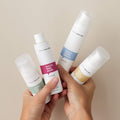
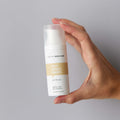
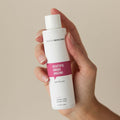
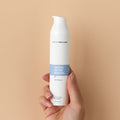
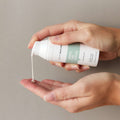
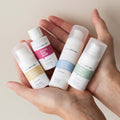
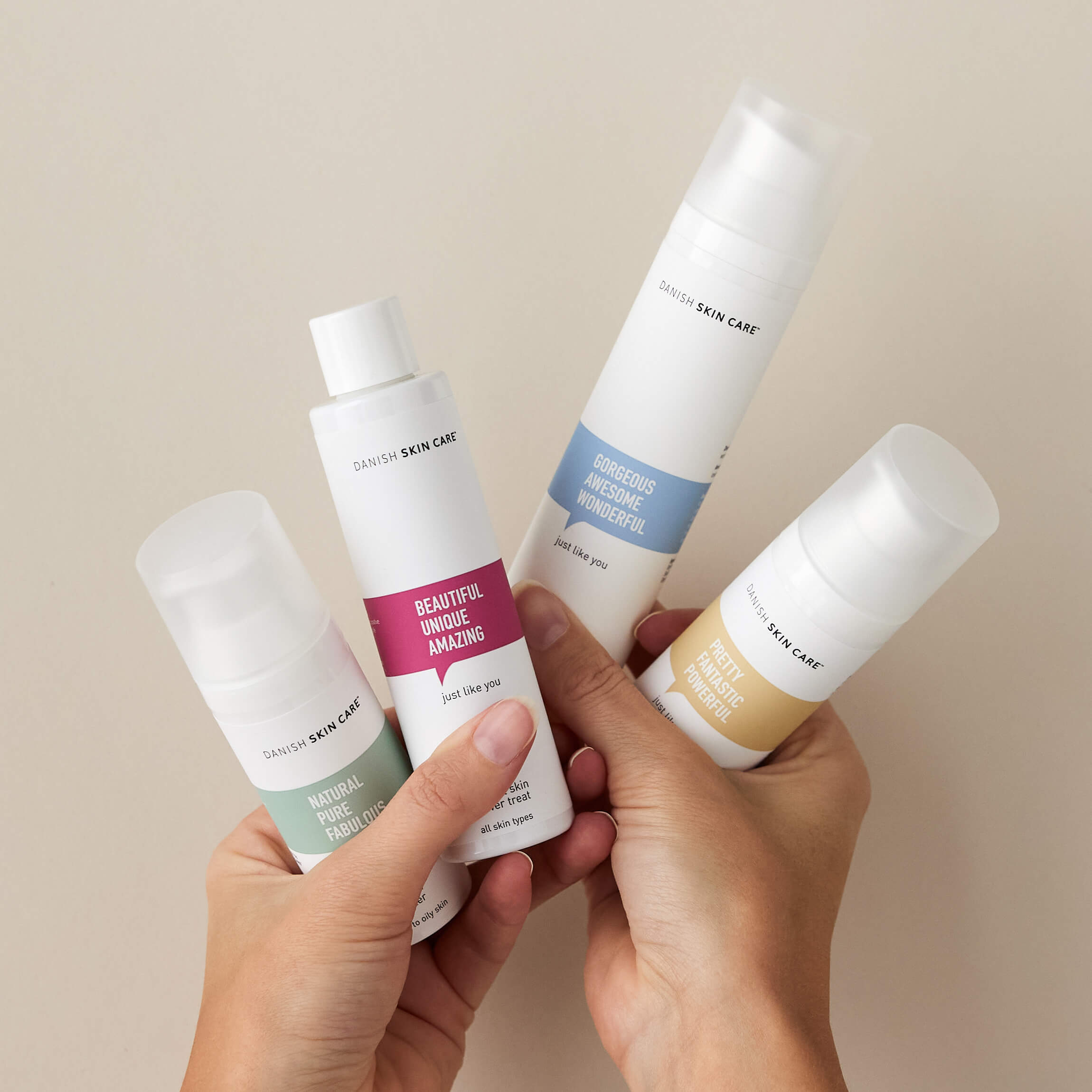
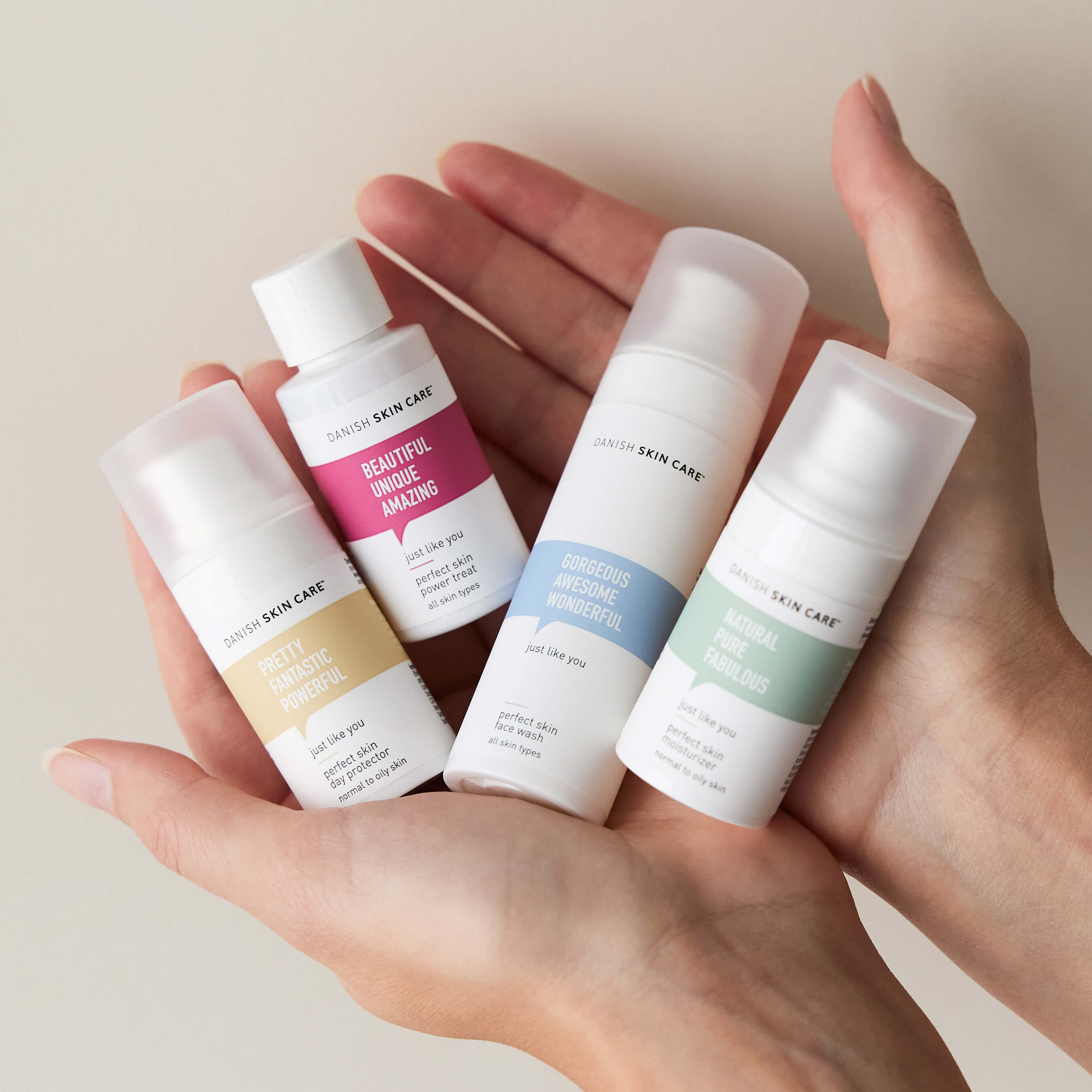
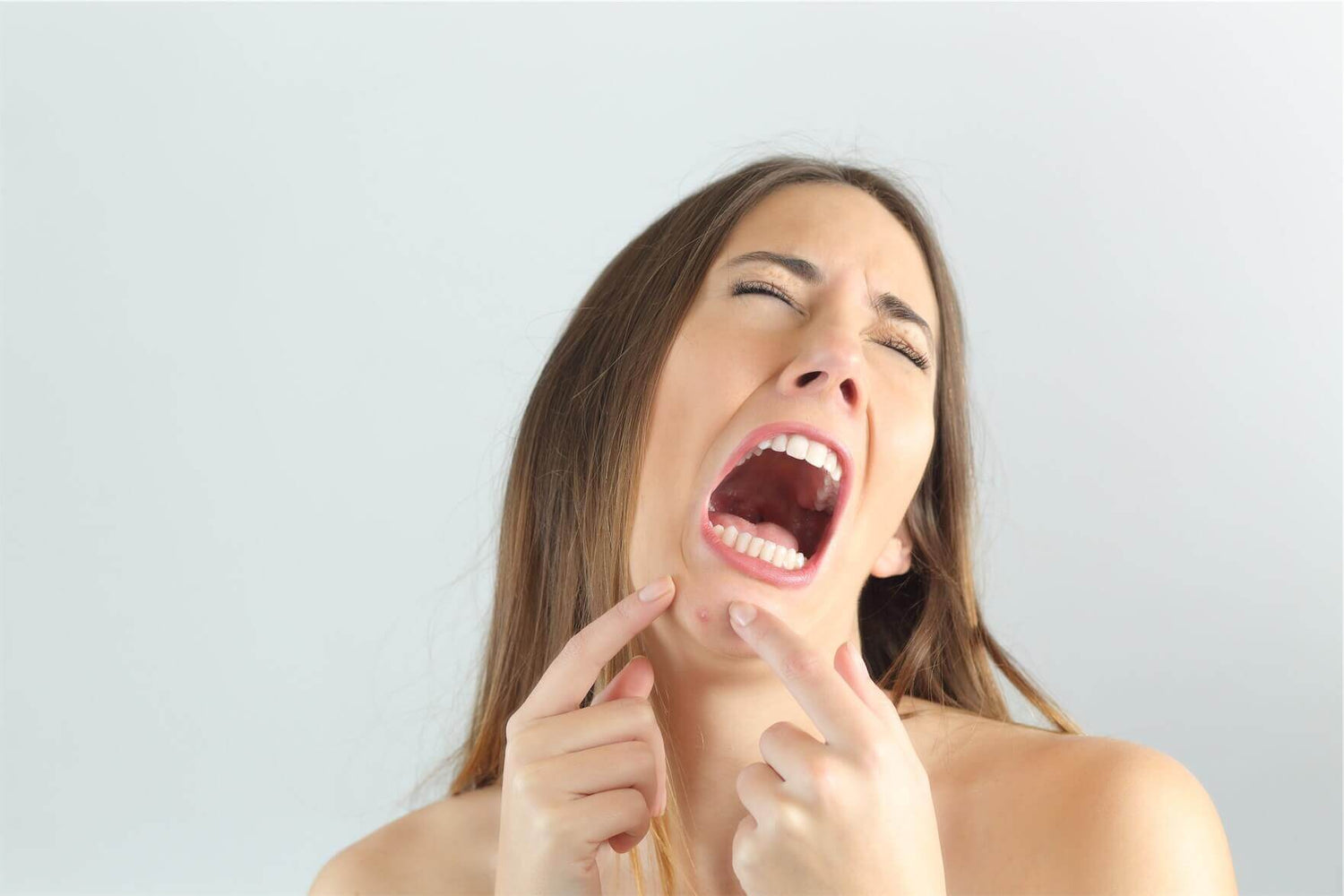
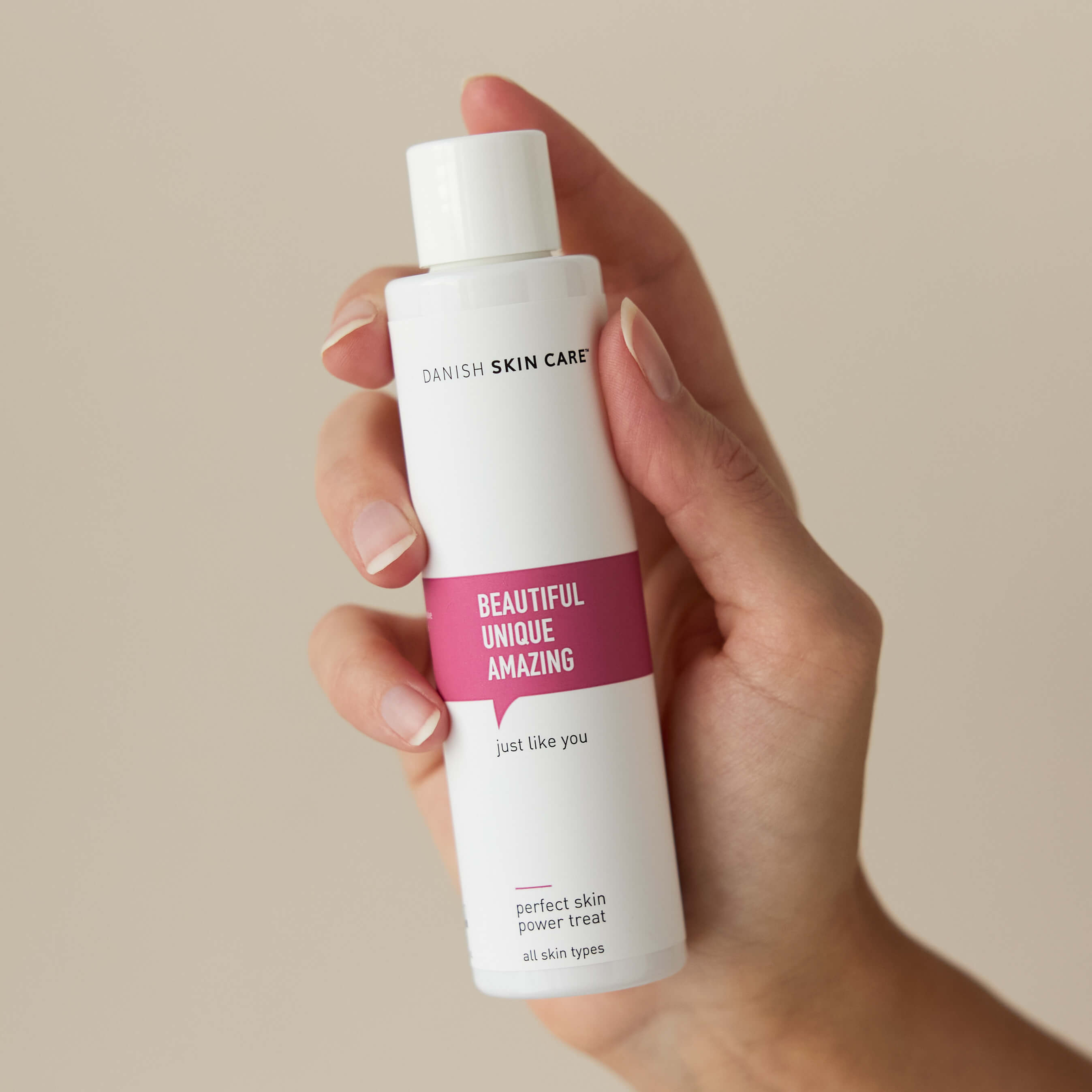
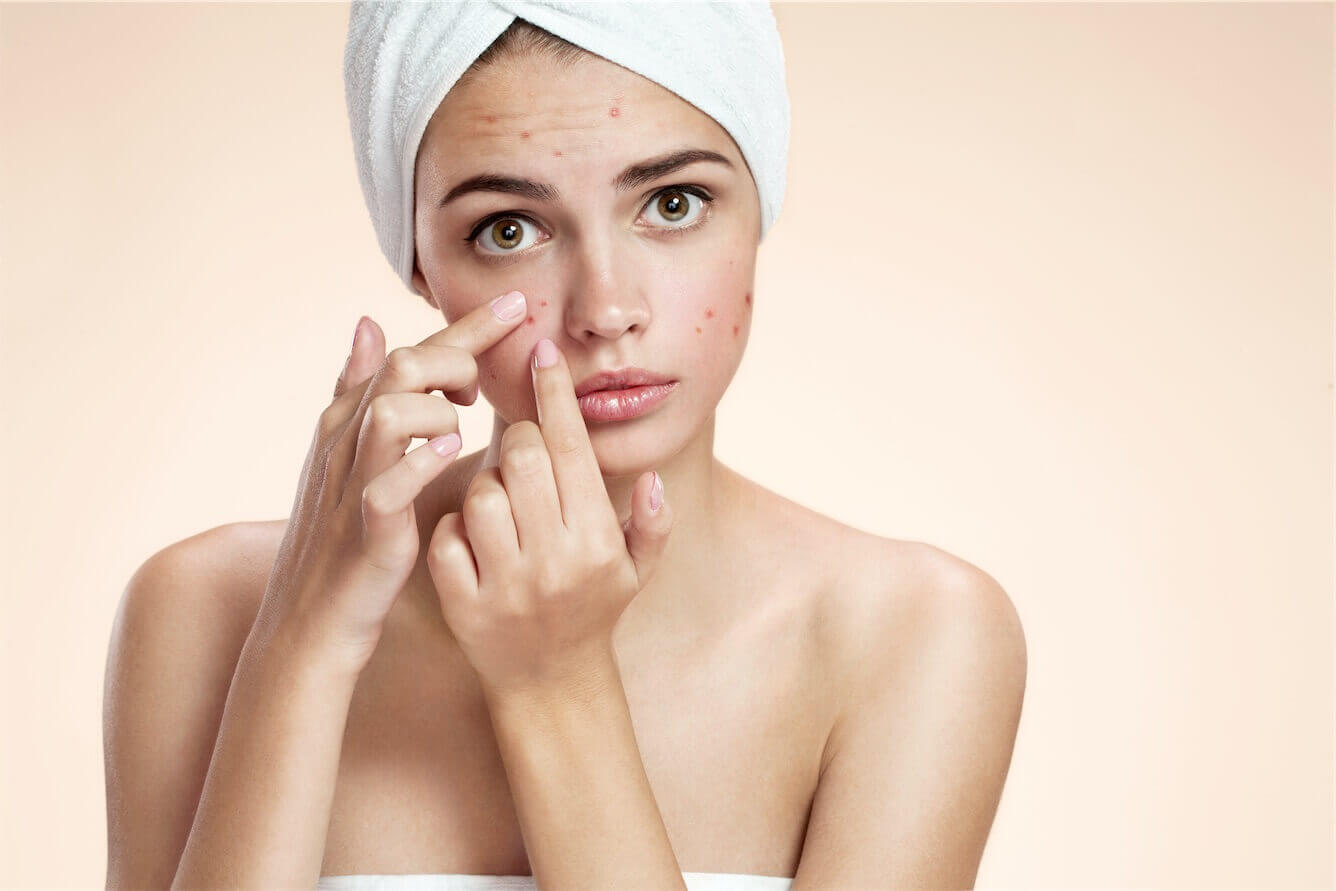
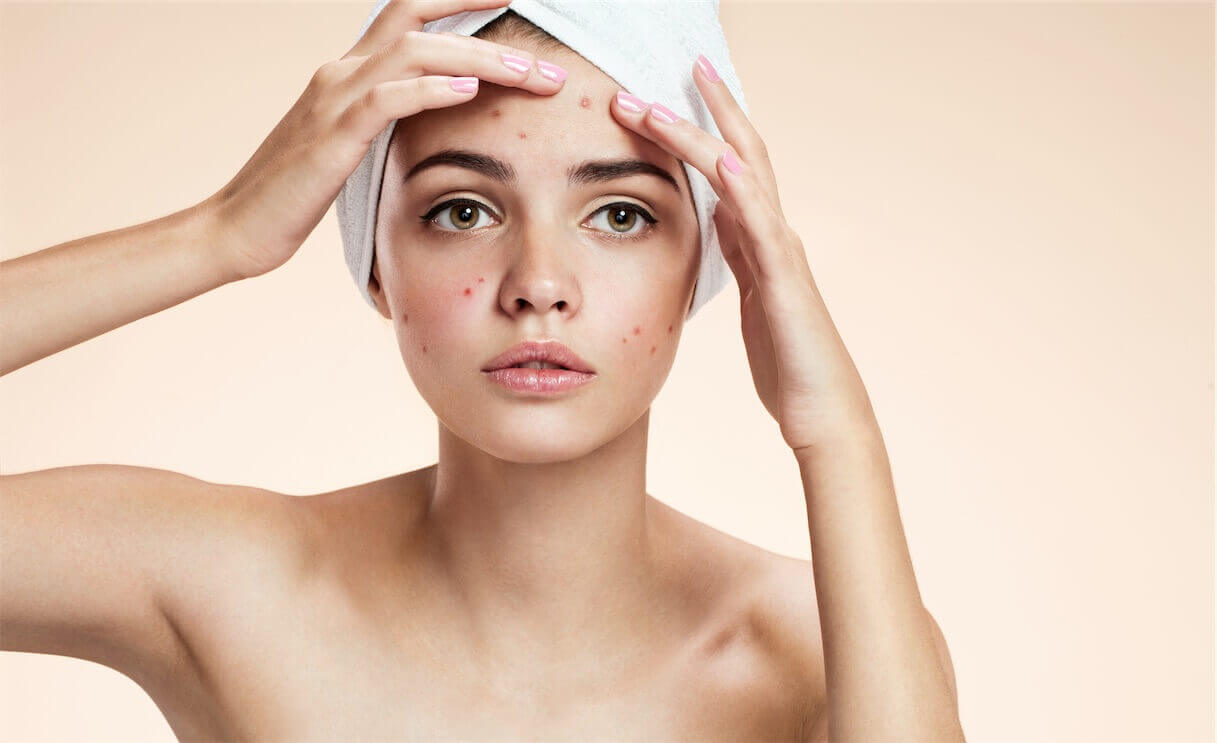
Leave a comment